Career and Technical Education Fast Facts
Career and Technical Education
Question:
What information do you have about career and technical education (CTE) in public high schools?
Response:
During the 2016–17 school year, 98 percent of public school districts offered CTE programs to students at the high school level. Nationwide, 10 percent of districts reported that students in their enrollment area have the option of enrolling in a CTE district that provides only CTE programs instead of enrolling in their home district. The findings in this Fast Fact are based on the 98 percent of public school districts that offered CTE programs at the high school level in the 2016–17 school year.
Districts reported that the following entities provided the CTE programs that the district offered: the district individually (77 percent of districts), area/regional CTE centers or a group/consortium of school districts (54 percent of districts), 2-year community or technical colleges (46 percent of districts), and 4-year colleges or universities (11 percent of districts).
Districts reported offering CTE programs at the following locations: 83 percent at the district’s regular (comprehensive) high schools, 43 percent at CTE centers attended part-time, 35 percent at 2-year community or technical colleges or 4-year colleges/universities, 12 percent at CTE-focused high schools attended full time, and 11 percent at another district’s regular (comprehensive) high school.
About one-third (32 percent) of districts reported that all of their CTE programs were structured as career pathways that align with related postsecondary programs, and an additional one-third (33 percent) reported that most of their programs were structured this way. Seventy-three percent of districts offered CTE courses for which students could earn both high school and postsecondary credit; 61 percent offered CTE courses in which students could earn high school credits in math, science, English/language arts, or social studies; and 30 percent offered online CTE courses, including blended/hybrid courses.
Districts reported that the following work-based learning activities were included in one or more of the CTE programs they offered: on-the-job training, internships, practicums, clinical experiences, or cooperative education (77 percent of districts); mentoring by local employers (65 percent of districts); student-run enterprises or services (55 percent of districts); apprenticeships or pre-apprenticeship programs (31 percent of districts); other work-based learning (16 percent of districts).


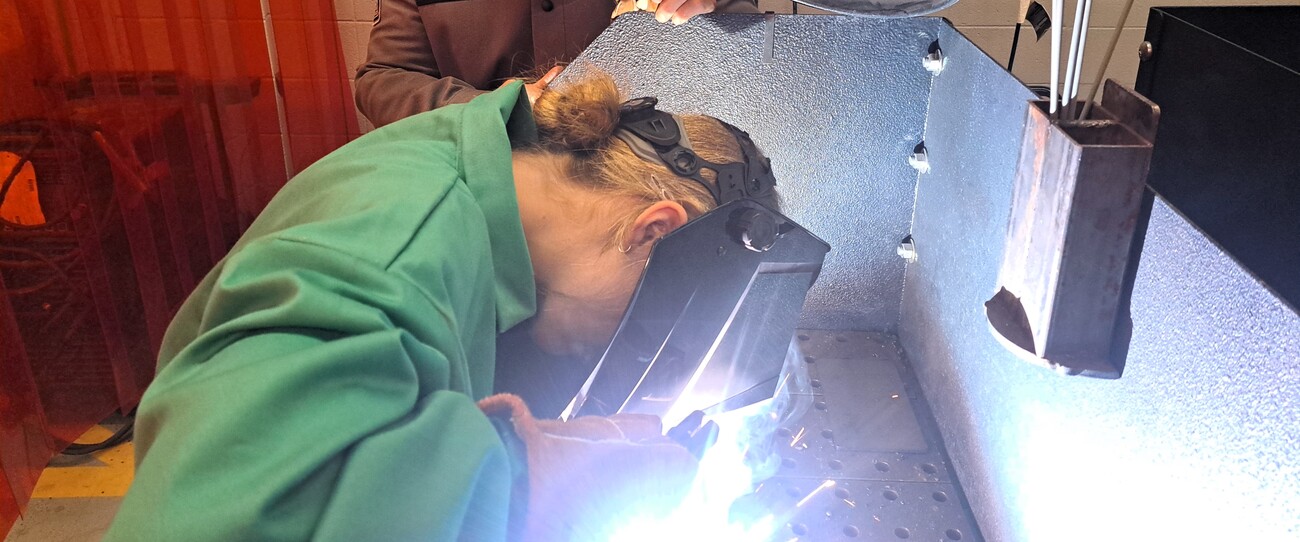
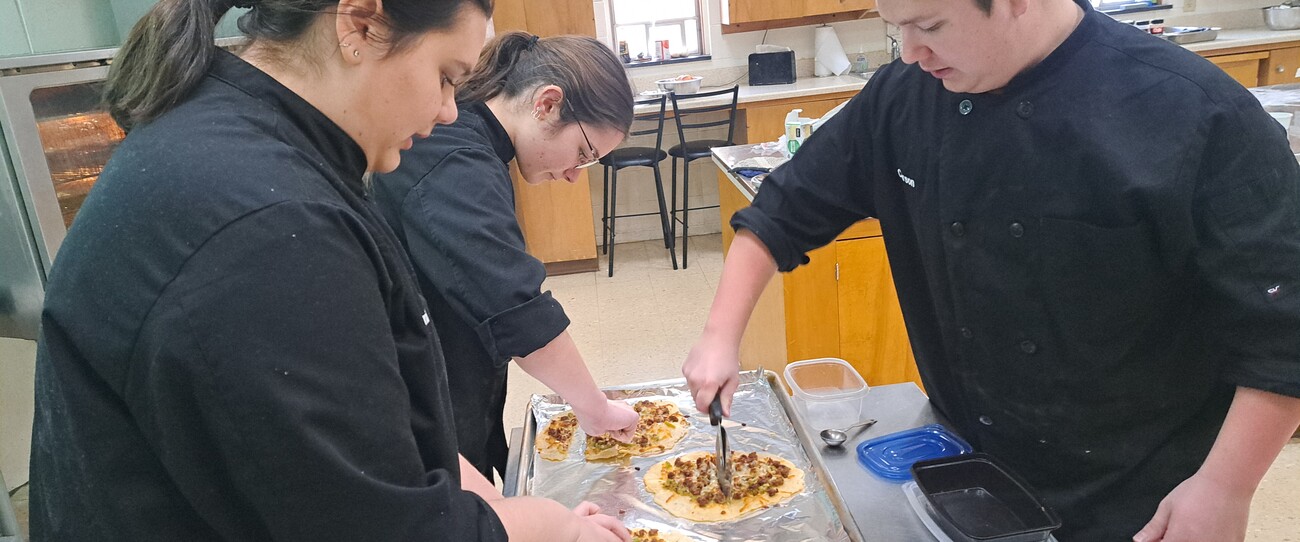
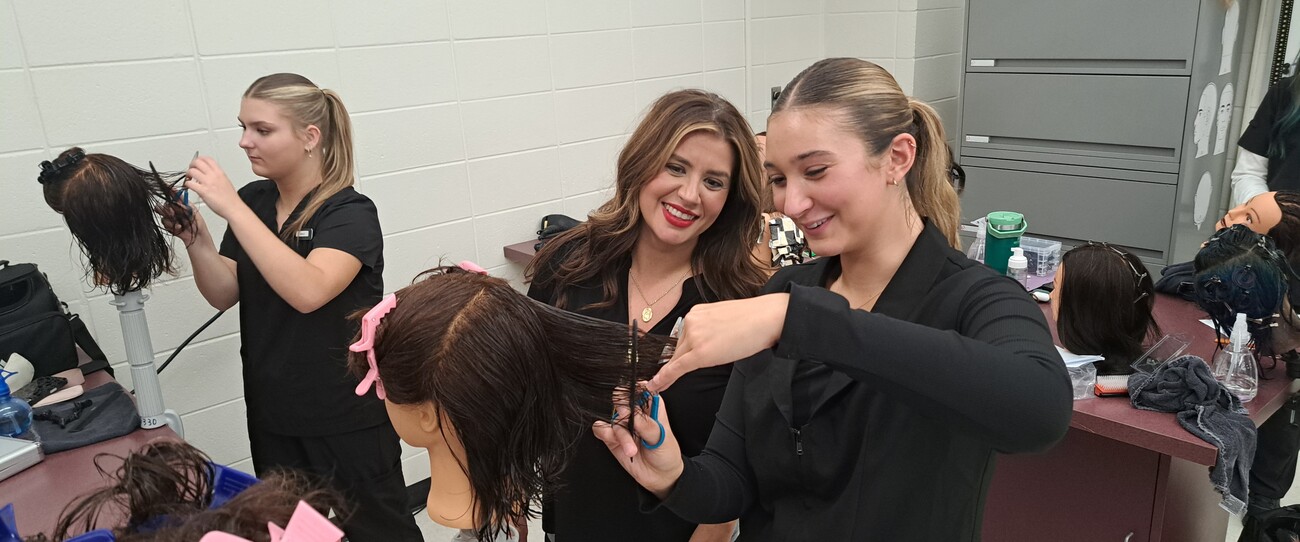


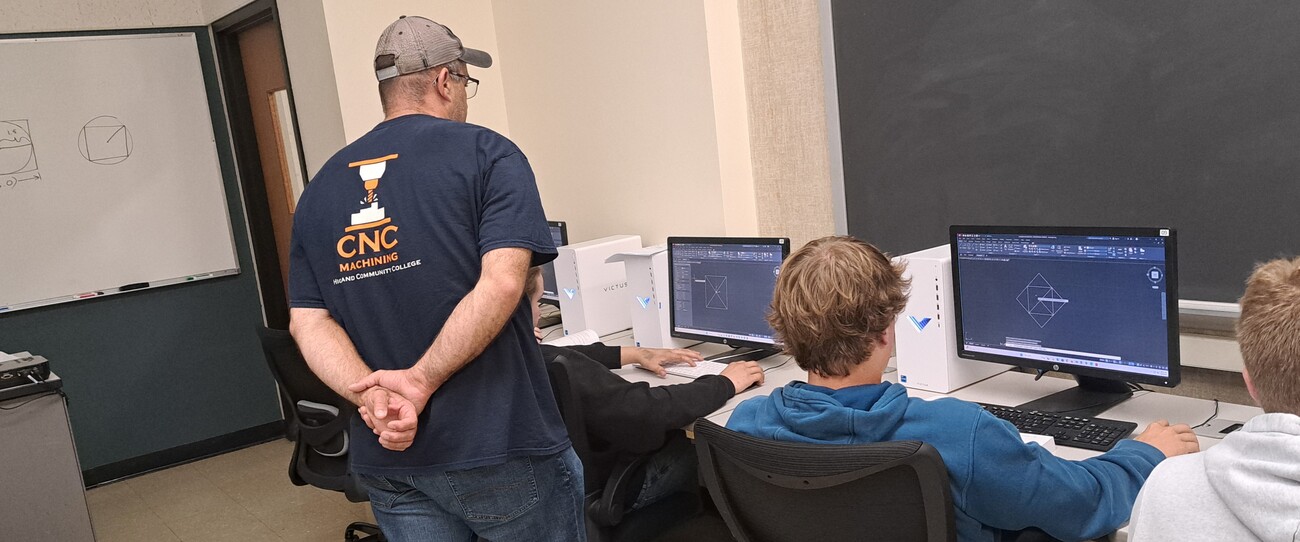
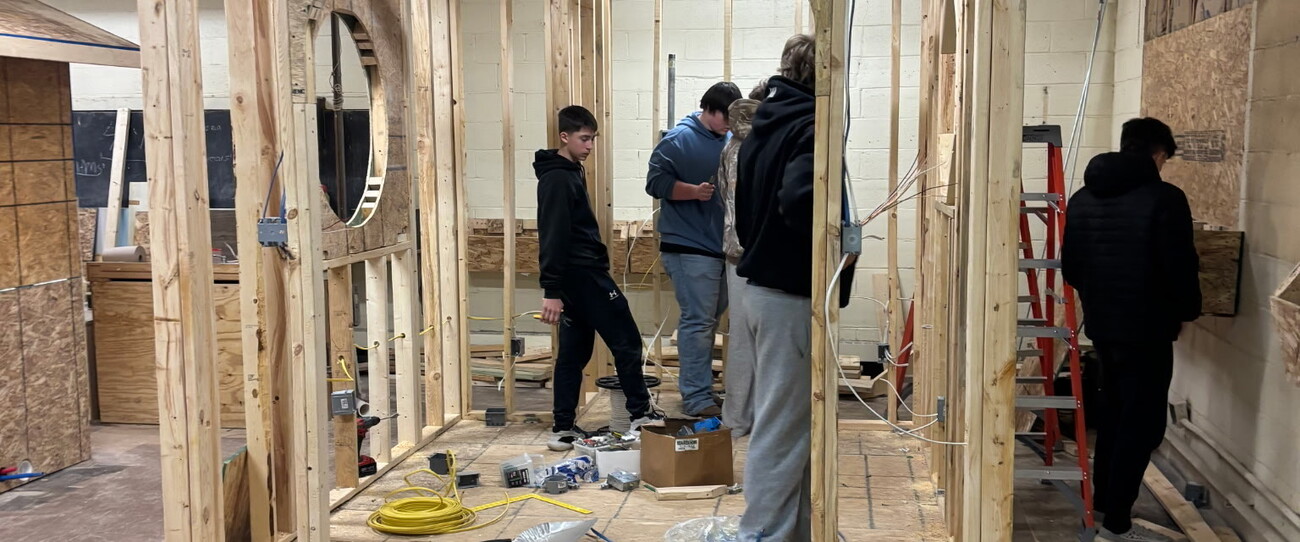
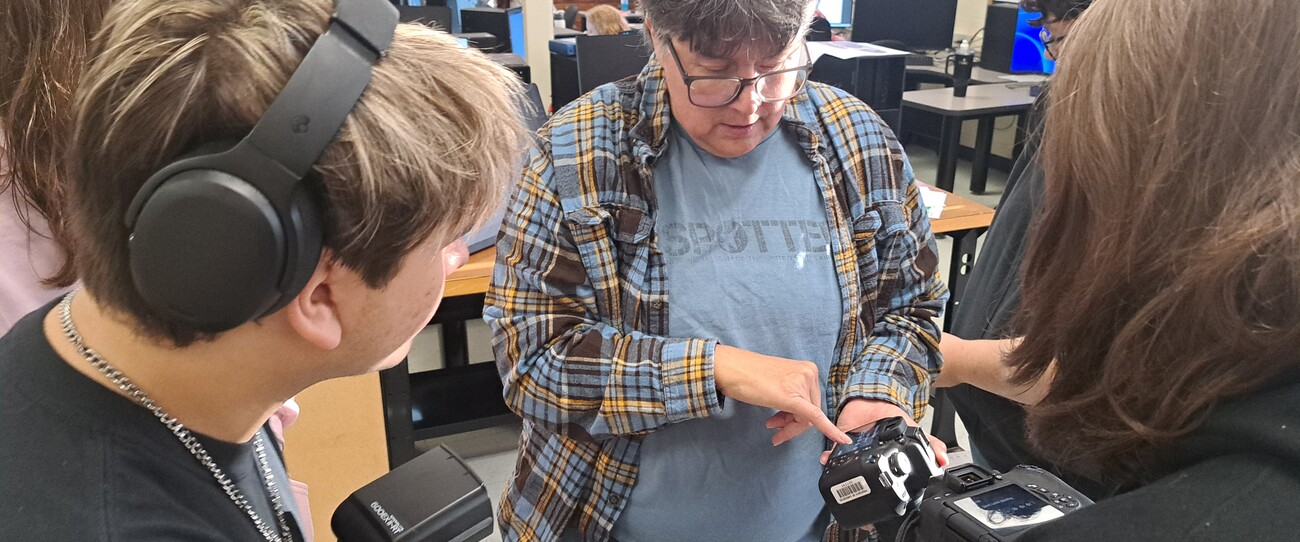


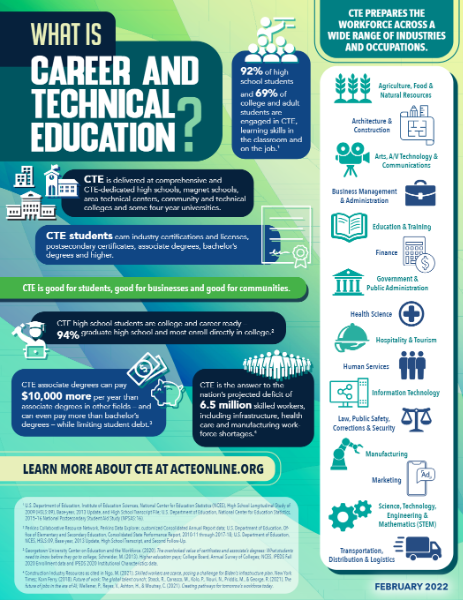 Launch the media gallery 1 player
Launch the media gallery 1 player